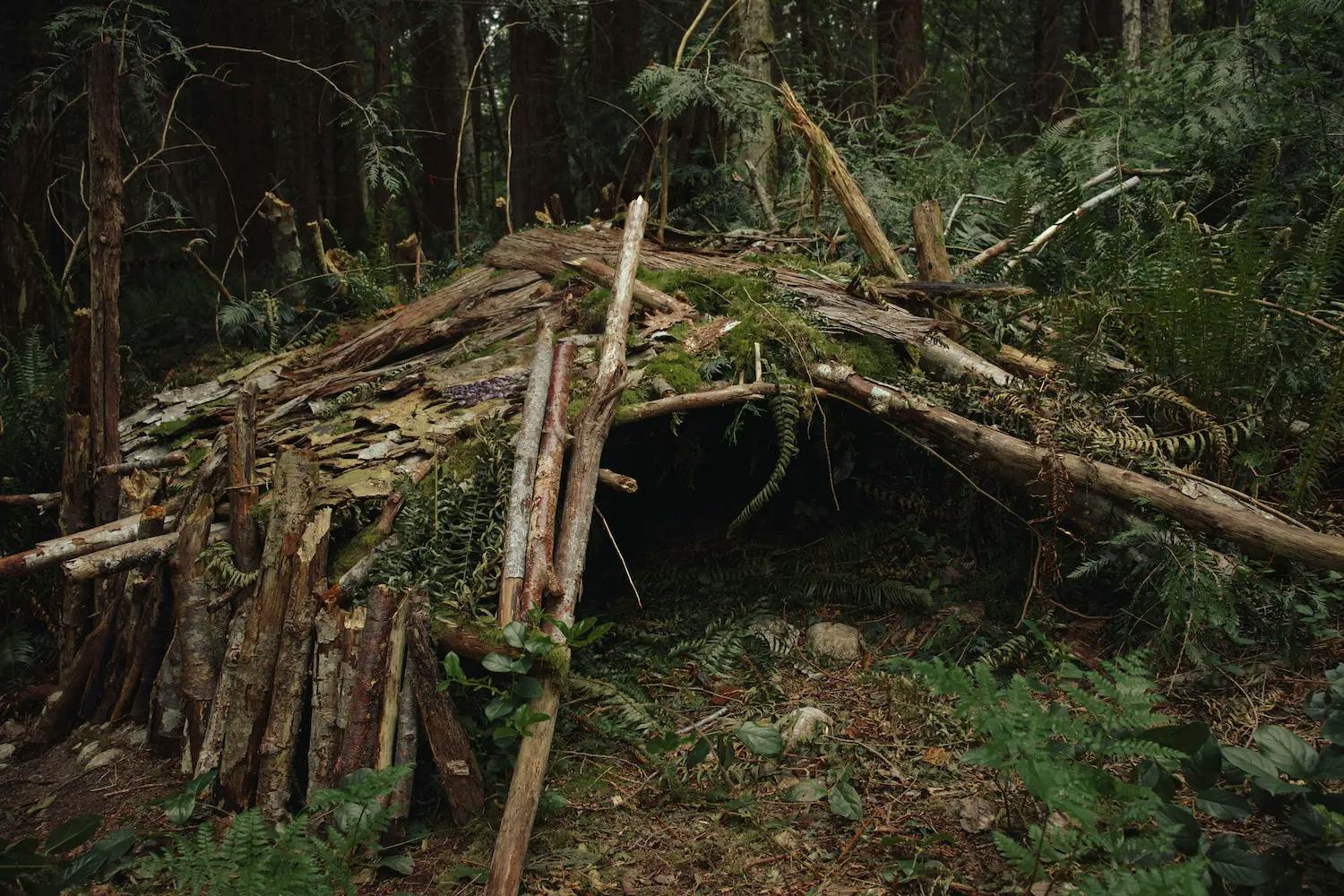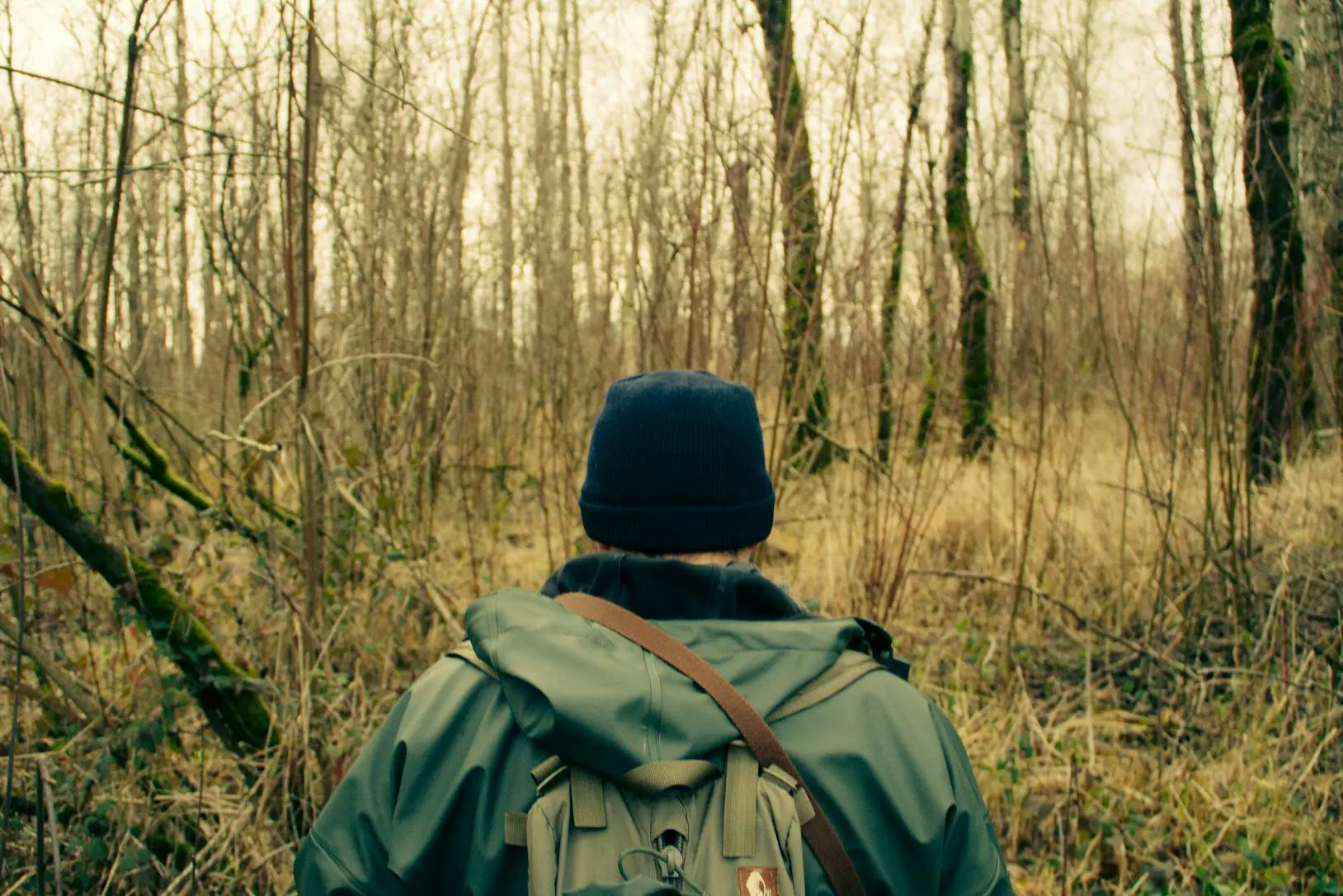The Dangers of Ignoring the Situational Baseline
- Published on
When it comes to survival, preparedness is everything. Whether you're an experienced prepper or a novice camper, understanding the concept of a "situational baseline" is crucial for assessing and mitigating potential risks. Ignoring this foundational aspect of survival can lead to dangerous consequences, compromising your safety and that of your companions. In this article, we'll delve into the concept of the situational baseline, its significance, and practical strategies for incorporating it into your survival mindset.
Understanding the Situational Baseline
The situational baseline refers to the normal or expected state of your surroundings. It encompasses various factors such as weather conditions, terrain, wildlife activity, and human presence. By establishing a clear understanding of the situational baseline, individuals can more effectively recognize and respond to anomalies or potential threats in their environment.
Significance of the Situational Baseline in Survival
In survival and prepping scenarios, the situational baseline serves as a critical reference point for decision-making. Failing to acknowledge and adapt to changes in the situational baseline can leave individuals vulnerable and ill-prepared to handle unexpected challenges. Whether you're camping in the wilderness or navigating through urban settings in a disaster scenario, staying attuned to deviations from the baseline is essential for averting risks.
Examples of Ignoring the Situational Baseline
Consider a scenario where campers overlook the sudden drop in temperature, assuming it to be a temporary shift. This oversight could result in inadequate shelter and clothing, potentially leading to hypothermia or frostbite. Similarly, in an urban survival situation, disregarding the usual levels of human activity in a specific area might lead to unwittingly stumbling into unsafe or hostile environments.
Implementing the Situational Baseline in Planning and Preparedness
-
Environmental Assessment: Before embarking on any outdoor excursion or preparing for potential survival situations, conduct a thorough assessment of the environment. Take note of the typical weather patterns, natural resources, and wildlife behaviors in the area.
-
Real-Time Observation: Continuously observe and evaluate your surroundings, comparing current conditions to the established situational baseline. Any deviations or irregularities should prompt a reassessment of your plans and potential risks.
-
Adaptability and Flexibility: Incorporate the concept of the situational baseline into your preparedness mindset. Equip yourself with the knowledge and tools to adapt to changes in the environment, ensuring that you can respond effectively to unforeseen circumstances.
Equipping Yourself with the Right Resources
Recognizing and responding to shifts in the situational baseline requires the right gear and knowledge. Investing in reliable equipment, such as weatherproof clothing, multi-tool kits, and navigation devices, equips you to address variations in the situational baseline effectively. Additionally, acquiring relevant survival skills, such as recognizing edible plants or building emergency shelters, empowers you to thrive in changing environments.
The Pitfalls of Complacency
Individuals who dismiss the importance of the situational baseline often fall into a sense of complacency, assuming that their surroundings will remain static. This mindset can lead to poor decision-making and an increased susceptibility to potential dangers. By continuously reassessing the situational baseline, you remain proactive and informed, mitigating risks and enhancing your overall preparedness.
To Wrap Things Up
In the realm of survival, overlooking the situational baseline is akin to navigating uncharted territory without a map. Embracing the concept of the situational baseline empowers individuals to anticipate, adapt, and thrive in diverse environments and circumstances. Incorporating this fundamental principle into your survival mindset can mean the crucial difference between vulnerability and resilience. By grasping the significance of the situational baseline and integrating it into your preparedness strategies, you pave the way for informed decision-making and enhanced safety in the face of uncertainty.
Remember, in survival, awareness of the situational baseline isn't just an afterthought – it's the cornerstone of preparedness.
For more in-depth insights into survival strategies, visit Survivalist.com and The Prepper Journal.



